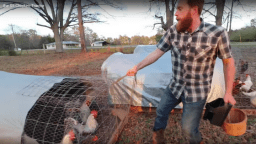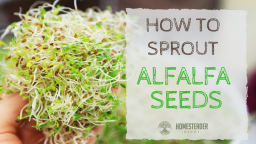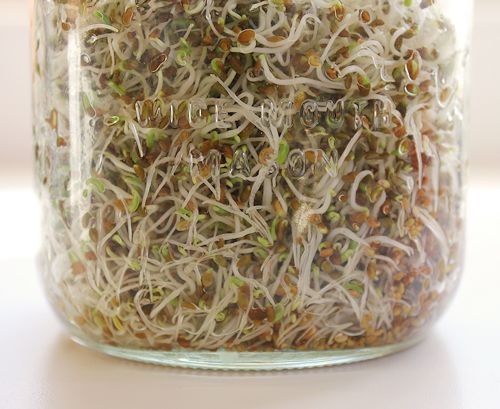Vinegar has so many uses around the home in general, it should be no surprise to you that there are a lot of ways to use it around your chicken coop! Both distilled white vinegar and apple cider vinegar are wonderful to keep your chicken coop clean, your chickens healthy, and keep you happy!
Here are a few of the many ways you can use vinegar for your chickens:
1. Added to water
Chickens are subject to parasites and digestive issues as much as any other creature, and adding a bit of vinegar to their water can help keep them healthy and happy. If you happen to see your chicken has very runny droppings, it’s time to add some vinegar to their water. I would recommend a tablespoon for each gallon of water.
2. Chicken baths
Chickens are pretty good about giving themselves dust baths, so you will want to make sure they have a clean place to do this every day. However, it can also help them, especially with mites and parasites, to give them a simple bath in warm soapy water from time to time, and give them a rinse in water with a bit of vinegar. This will both condition their feathers, kill any unwanted critters or fungal growths, and help to gently cleanse off any dead skin on their feet.
3. Clean eggs
While seeing bits of dirt or chicken droppings on your eggs are how you know they’re truly farm fresh, no one really wants to bring chicken poop into their kitchen! Giving your eggs a quick dunk in water with a bit of vinegar will clean them and also brighten the egg shells.
4. Remove tough grime
We’ve all experienced that bit of chicken poop in the coop that just doesn’t want to budge. A spray bottle with vinegar will not only remove tough stains, it will also help repel critters and fungal growth in your coop, so use this for regular coop cleanings.
5. Easy peeling for hard-boiled eggs
I recently discovered this, and, as a big fan of hard-boiled eggs, it’s made my life much easier! You may have heard that adding a dash of baking soda to the water when you hard boil eggs can make them easier to peel, but I’m not really sure why, since it is vinegar that dissolves calcium. Add a dash of vinegar instead and those pesky egg shells will practically peel themselves off.
If you enjoyed this, you might also like….










